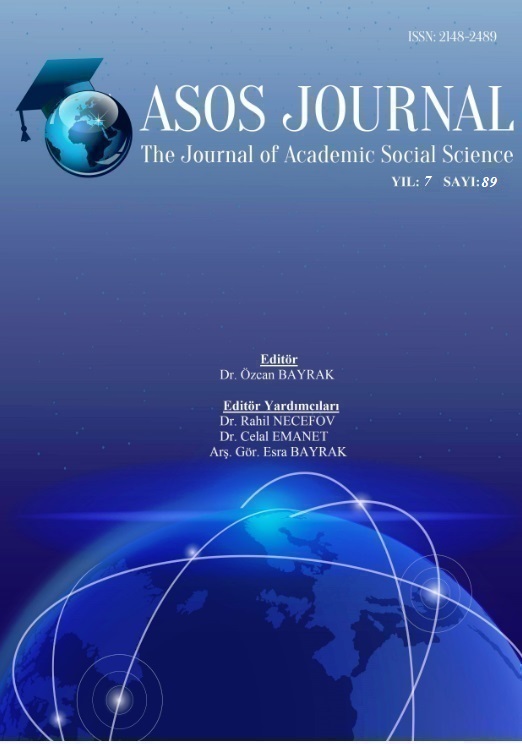Author :
Abstract
Geçmişten günümüze, sanat tarihinin her evresinde kadın figürünün farklı şekillerde ele alındığı görülmektedir. Neolitik çağdaki bereket heykelciklerinden bugüne kadına yüklenen bir takım görev ve ünvanlar, doğurganlığın sembolü olarak görülen ve her daim estetik bir olgu olarak yaklaşılmaya çalışılan kadınların kalıplaştırılmış bir anlayış içerisinde hapsolmasına sebebiyet vermiştir. Dünyayı her anlamda değiştiren 2. Dünya Savaşı sonrası sanat ortamındaki köklü dönüşümler sanat akımlarında değişiklikleri beraberinde getirmiş, Soyut Dışavurumculuk akımının önemli temsilcilerinden biri olan Hollandalı ressam Willem De Kooning, alışılan, beklenen, estetik kadın formlarının yerine, bozuk biçimli, kaba hatta çoğu zaman çirkin kabul edilen bir dizi kadın resmi yapmıştır. Bu kadınlar, sanat tarihindeki ve hayattaki kadının estetik beklentilerini sorgulatır nitelikte olmuştur.
Keywords
Abstract
From the past to the present, it is seen that in every stage of art history, the female figure has been handled in different ways. Some of the duties and titles that have been imposed on women since the abundance figurines in the Neolithic era have caused the women, who are regarded as a symbol of fertility, to be approached as an aesthetic phenomenon, in a molded understanding. Bringing changes in the art movements after World War II in every sense, the changes in the arts have brought about changes in the art movements. Dutch painter Willem De Kooning, one of the most important representatives of abstract expressionism, replaced the usual, expected, aesthetic female forms with a series of women who were considered corrupt, rude, or even often ugly. These women have questioned the aesthetic expectations of women in art history and life.





